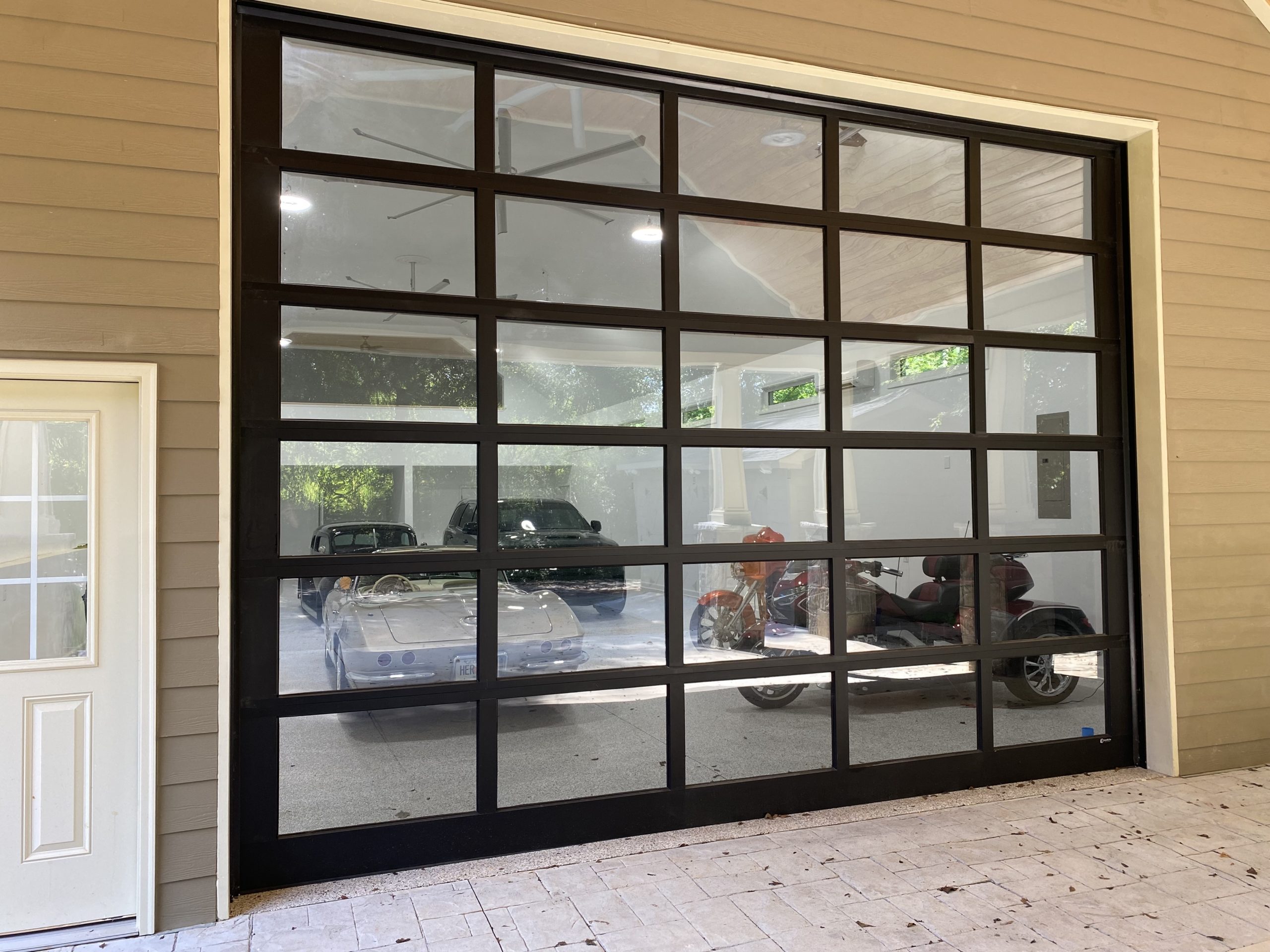Understanding the Importance of Weatherproofing Your Garage Door
Understanding the Importance of Weatherproofing Your Garage Door
Blog Article

Weatherproofing your garage door is an essential task that can significantly enhance your home’s energy efficiency and protect against the elements. A well-sealed garage door not only keeps your garage interior comfortable but also prevents moisture, drafts, and pests from entering your home. Especially in areas prone to extreme weather conditions, the importance of garage door weatherproofing cannot be overstated. This guide will explore the significance of weatherproofing your garage door, discuss various methods and materials available, and provide a step-by-step guide to help you effectively weatherproof your garage door.
Understanding the Importance of Weatherproofing Your Garage Door
The garage door often serves as the main entry point to your home, and it plays a crucial role in maintaining the overall climate inside. Poor insulation and sealing can lead to increased energy costs as your heating and cooling systems work harder to maintain a consistent temperature. Furthermore, a garage door that is not adequately weatherproofed can allow moisture and water infiltration, leading to potential damage to stored items, tools, and even the structural integrity of your home. By investing in garage door weatherproofing, you create a more comfortable living environment and extend the lifespan of your garage door.
Common Weatherproofing Methods and Materials
When considering weatherproofing your garage door, several methods and materials can be utilized. Here are some of the most common options:
1. Weatherstripping
Weatherstripping is one of the simplest and most effective methods for sealing gaps around your garage door. Various types of weatherstripping materials, including foam, rubber, and vinyl, can be used. Each type has its pros and cons:
- Foam: Easy to install and cost-effective, but may compress over time.
- Rubber: Durable and effective against moisture, but can be more expensive.
- Vinyl: Resistant to wear and tear, offering a long-lasting solution.
2. Garage Door Insulation Kits
Insulation kits are designed specifically for garage doors, providing an additional layer of protection against temperature fluctuations. They typically consist of foam panels or reflective materials that can be cut to fit your door. Insulating your garage door not only helps with energy efficiency but also reduces noise from outside.
3. Threshold Seals
A threshold seal is installed at the bottom of your garage door, creating a waterproof barrier that prevents water and debris from entering. This method is particularly beneficial for homes in areas with heavy rain or snow, as it keeps your garage dry and clean.
4. Door Sweeps
Door sweeps are attached to the bottom edge of the garage door and help seal gaps between the door and the floor. They are effective in blocking drafts and pests while also preventing moisture from seeping in.
Step-by-Step Guide to Weatherproofing Your Garage Door
Follow this comprehensive guide to effectively weatherproof your garage door:
Step 1: Inspect Your Garage Door
Begin by thoroughly inspecting your garage door for any visible gaps, cracks, or damage. Pay special attention to the edges and bottom of the door.
Step 2: Clean the Surface
Before applying any weatherproofing materials, clean the surfaces of your garage door. Remove dirt, dust, and debris to ensure proper adhesion of the weatherstripping or insulation.
Step 3: Install Weatherstripping
Choose the appropriate weatherstripping material and cut it to size. Apply it along the sides and top of the garage door frame, pressing firmly to ensure a tight seal.
Step 4: Add Insulation Panels
If you are using an insulation kit, measure and cut the panels to fit your garage door sections. Secure them in place according to the manufacturer's instructions.
Step 5: Install Threshold Seals and Door Sweeps
Position the threshold seal at the bottom of the garage door and attach it firmly. Next, fix the door sweep to the bottom edge of the door, ensuring it creates a solid seal against the floor.
Step 6: Test for Gaps
After completing the installation, close the garage door and inspect for any remaining gaps. Make adjustments as needed to ensure a tight seal.
Conclusion
Garage door weatherproofing is a vital step in protecting your home from the elements and improving energy efficiency. By utilizing effective methods and materials, you can enhance the comfort of your garage while preventing water damage and pests. Take the time to assess your garage door and consider implementing these weatherproofing techniques. For more detailed information and specialized services related to garage door weatherproofing, visit Goldie Garage Doors. Start the process of weatherproofing today for a more secure and efficient home.
Report this page